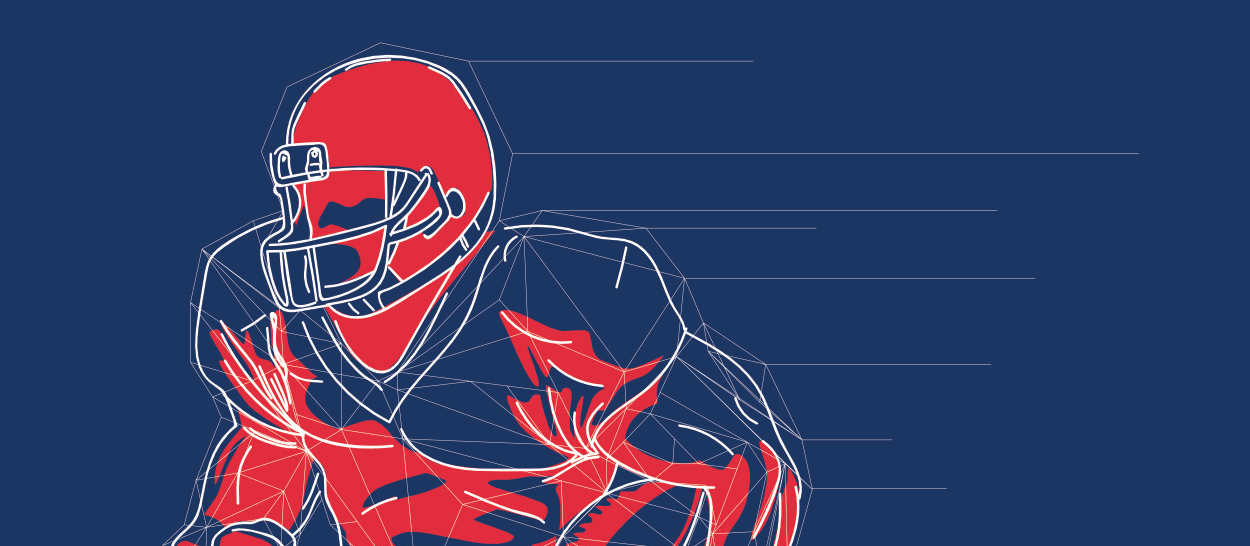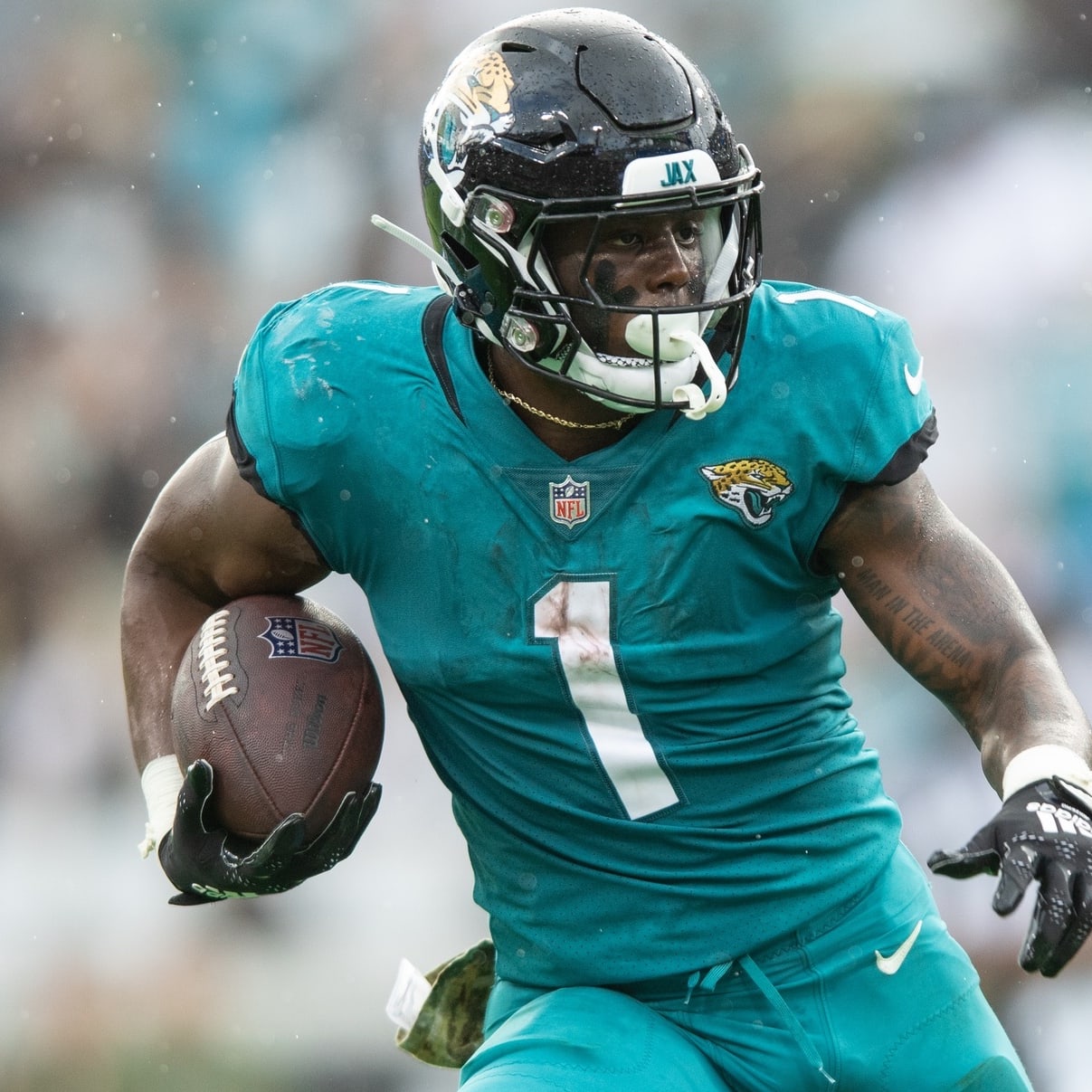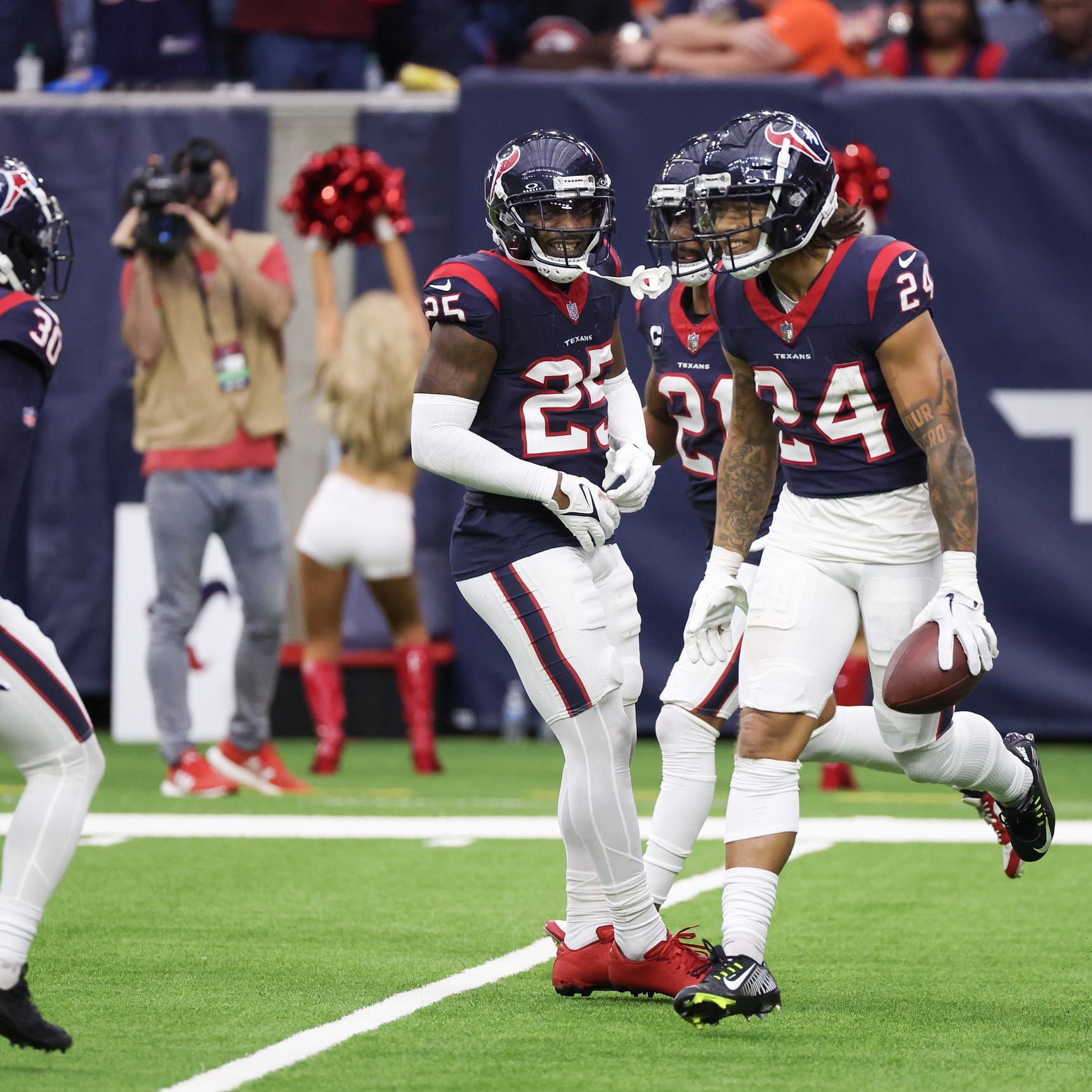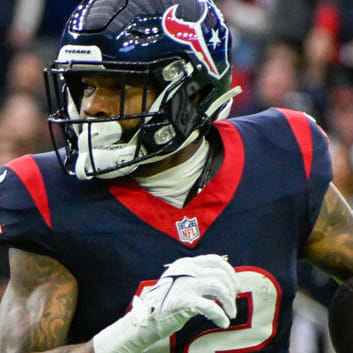This article is part of our According to the Data series.
Using Scarcity to Find Value in 2013 Drafts
In some ways, I believe advanced fantasy football owners understand drafts better than NFL GMs. Yes, I said it. The primary reason is that pretty much every established fantasy owner has a keen sense of position scarcity; while NFL teams proclaim the value of continually (and blindly) selecting the highest-rated player, fantasy owners understand their board isn't the only factor in choosing the perfect team. In addition to sticking to their rankings and drafting for need (yes, need. . .gasp!), owners also weigh position depth - or scarcity - into their draft decisions.
There are a number of complex draft strategies that incorporate scarcity, most of them centered around how a player compares to a "typical" player at his position. The greater the difference and the fewer comparable players at the position, the greater the scarcity. And just like gold or any other tangible commodity, scarce things are valuable.
Using the 2012 "VBD" rankings at Pro Football Reference, I decided to compare how certain positions actually perform to how they're currently getting drafted. "VBD" is simply a comparison of actual fantasy points to a "baseline" player - the No. 12 quarterback, No. 24 running back, No. 30 wide receiver, and No. 12 tight end.
Adrian Peterson's 2012 VBD was 191 - by far the highest in the league - because he scored 191 more points than the No. 24-ranked running back, for example. Simple.
By studying 2012 results in this
Using Scarcity to Find Value in 2013 Drafts
In some ways, I believe advanced fantasy football owners understand drafts better than NFL GMs. Yes, I said it. The primary reason is that pretty much every established fantasy owner has a keen sense of position scarcity; while NFL teams proclaim the value of continually (and blindly) selecting the highest-rated player, fantasy owners understand their board isn't the only factor in choosing the perfect team. In addition to sticking to their rankings and drafting for need (yes, need. . .gasp!), owners also weigh position depth - or scarcity - into their draft decisions.
There are a number of complex draft strategies that incorporate scarcity, most of them centered around how a player compares to a "typical" player at his position. The greater the difference and the fewer comparable players at the position, the greater the scarcity. And just like gold or any other tangible commodity, scarce things are valuable.
Using the 2012 "VBD" rankings at Pro Football Reference, I decided to compare how certain positions actually perform to how they're currently getting drafted. "VBD" is simply a comparison of actual fantasy points to a "baseline" player - the No. 12 quarterback, No. 24 running back, No. 30 wide receiver, and No. 12 tight end.
Adrian Peterson's 2012 VBD was 191 - by far the highest in the league - because he scored 191 more points than the No. 24-ranked running back, for example. Simple.
By studying 2012 results in this way, we can get a sense of how a draft "should" look. Had fantasy owners had perfect knowledge of how the 2012 season would unfold, draft results would have closely resembled the 2012 VBD rankings.
It's important to note that while the specific players in the rankings obviously change from year to year, the actual positions usually aren't that different. By studying 2012 VBD results by round and position, we can get a general sense of how 2013 will unfold.
• First Round: 7 RB, 3 QB, 2 WR, 0 TE
• Second Round: 6 WR, 4 RB, 2 QB, 0 TE (11 RB, 8 WR, 5 QB, 0 TE)
• Third Round: 5 WR, 4 RB, 2 QB, 1 TE (15 RB, 13 WR, 7 QB, 1 TE)
• Fourth Round: 5 WR, 4 RB, 3 TE, 0 QB (19 RB, 18 WR, 7 QB, 4 TE)
• Fifth Round: 4 QB, 4 WR, 3 RB, 1 TE (22 RB, 22 WR, 11 QB, 5 TE)
Of the 12 most valuable players in 2012, seven were running backs, three were quarterbacks, and two were wide receivers. That's pretty standard.
Now, if we compare those value-based rankings to current ADP, we should be able to see which positions are over and undervalued thus far in 2013. Below, I posted current draft results by round. The ADP results are simply an aggregate I compiled from a few different mock draft sites.
2013 Aggregate ADP
•First Round: 10 RB, 2 WR, 0 QB, 0 TE
Analysis: Based on current ADP, running backs are being over-drafted in the first round. We see names like Alfred Morris sneaking into the back of the round when perhaps they shouldn't. Meanwhile, not a single quarterback has a first-round ADP despite the fact that eight total quarterbacks finished in the top 12 in VBD over the past two seasons (five in 2011 and three in 2012).
When you factor in the incredible consistency of top-tier passers, it's really amazing Aaron Rodgers and Drew Brees aren't getting drafted in the top 12 picks. You shouldn't bypass a truly elite running back in the top of the first round, but you might want to consider bypassing a running back in the back portion of the first round in favor of a signal-caller. That's made easier because you can come back with a runner to start the second.
•Second Round: 5 WR, 4 RB, 2 TE, 1 QB (14 RB, 7 WR, 2 TE, 1 QB)
Analysis: At this point, you can see the run on running backs has slowed down, with owners shifting their attention to wide receiver. The biggest gap between VBD and ADP is still at quarterback, however, so you should strongly consider one if you missed out in the first round. Drew Brees in the back of the second - where he's still getting selected in many leagues - would pair quite nicely with Arian Foster or Doug Martin.
•Third Round: 6 RB, 5 WR, 1 QB, 0 TE (20 RB, 12 WR, 2 TE, 2 QB)
Analysis: With owners desperate for running backs, the position is currently the most popular in the third round. We're hearing names like DeMarco Murray, Steven Jackson and David Wilson come off of the board before Victor Cruz, Roddy White, Andre Johnson and Michael Crabtree.
It's in this range that the ideal number of wide receivers based on VBD - 15 - surpasses the number being drafted. That equates to value for fantasy owners. You still have to snag at least one running back in one of the first three rounds, but the value relative to what is being selected is superior at quarterback and receiver. It's okay to come out of the first three rounds with just one running back, particularly if you pick early and can grab an elite player at the position.
•Fourth Round: 5 WR, 3 QB, 3 RB, 1 TE (23 RB, 17 WR, 5 QB, 3 TE)
Analysis: With the second-tier running backs off of the board, most fantasy owners are turning their attention to wide receiver in the fourth and fifth rounds. That might be the time to fade receivers and look to stockpile running backs. If you ended up finding value on backs in the first few rounds, you should consider jumping on a receiver in the fourth before an inevitable run in the fifth drains value.
Fifth Round: 8 WR, 2 QB, 1 RB, 1 TE (25 WR, 24 RB, 7 QB, 4 TE)
Analysis: With only four total running backs getting selected in the fourth and fifth rounds, VBD has nearly caught up with ADP. That means it could be smart to stockpile running backs if you went a different direction early on. If you landed an elite runner in the first, a quarterback in the second, and a wide receiver in the third, you could go running back-heavy in the fourth and fifth rounds to maximize your chances of hitting, giving you a lineup that looks something like Arian Foster, Demaryius Thomas, Drew Brees, Reggie Bush and Ryan Mathews. Money.
Jonathan Bales is the author of Fantasy Football for Smart People: How to Dominate Your Draft. He also runs the "Running the Numbers" blog at DallasCowboys.com and writes for the New York Times.










